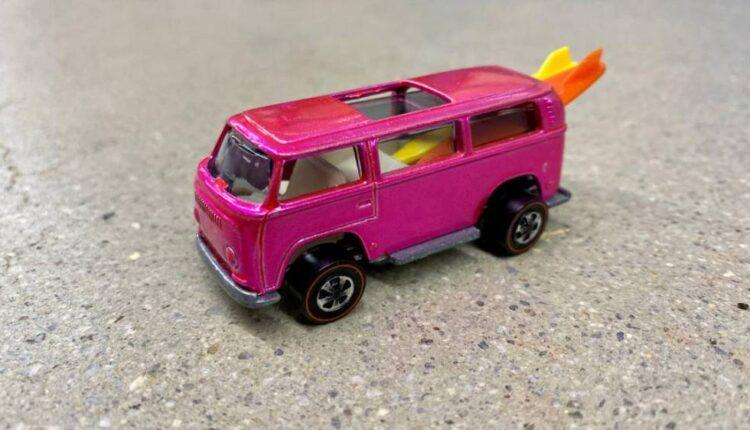(CNN)You can buy most Hot Wheels cars for about a dollar at Target, Wal-Mart or pretty much any local drugstore. But for Bruce Pascal, a nearly lifelong obsession with the tiny cars has turned into a collection of mind-boggling value.
Pascal, a Washington DC-area commercial real estate executive, is the owner of what is believed to be the most valuable Hot Wheels car in the world: a 1969 version of the “Beach Bomb” Volkswagen bus estimated to be worth as much as $150,000.Collectibles experts say the appraisal of the tiny car is entirely believable based on its extreme rarity and its nearly perfect condition.
“When it comes to any field of collecting, there’s always that pinnacle ‘Holy Grail’ item where it’s just that the supply that’s out there can no way meet the demand and that causes the price to go through the roof,” said Travis Landry, an appraiser with Bruneau & Co. Auctioneers of Rhode Island.Although he hasn’t inspected the car himself, Landry said that Pascal’s toy is easily worth $100,000 but probably more, especially as values for all sorts of collectibles have risen in recent months.Read MoreBefore you start digging around in your closet to find that old vinyl carrying case full of Hot Wheels from when you were a kid, you should know that Pascal’s most valuable models — many of them worth thousands of dollars — were never sold in stores. They’re mostly prototypes that were never intended for a life outside of Mattel’s corporate offices.o
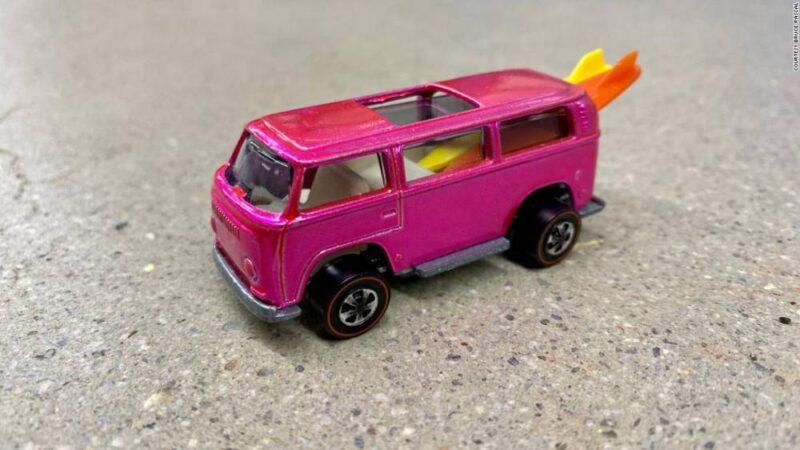
This Hot Wheels Volkswagen prototype toy is worth an estimated $150,000.That $150,000 model, for instance, was a failed experiment. For 1969, Hot Wheels’ second year on the market, designers wanted to include a California-style model of the famous Volkswagen bus. Hot Wheels’ original version of the “Beach Bomb” had lifelike proportions scaled down to 1/64 size and tiny surfboards sticking out the back window.It looked great, but the bus had serious handling issues. The whole point of Hot Wheels was that they weren’t supposed to just look cool. They were supposed to go fast and whip around that little orange plastic track. But when it was blasted out of the Hot Wheels Super-Charger — a miniature garage with spinning rubber discs that slung the cars out at high speeds — the tall, narrow bus flipped over.Some prototypes were made with heavier bottoms to try to overcome that tipping problem. Pascal’s is one of those. About 144 prototypes of this particular model were made and only about 50 are known to survive today, said Pascal. Ultimately, Hot Wheels designers went back to the drawing board and completely redesigned the model. The version that was sold to the public in 1969 was wider and had the surfboards on the side.Pascal’s Beach Bomber is the only pink one with the heavier weighted bottom, he said. There is one other pink one, but that has the original lighter bottomed design. Pascal said he has no plans to ever sell his.eAnother “Beach Bomb” prototype, a red one, was appraised on an episode of PBS’s Antiques Roadshow in 2016 and found to be worth between $100,000 and $150,000. Pascal’s pink one is one of four so-called rear-loader Beach Bomb prototypes he owns. All are worth at least $25,000 apiece, he said.Pascal bought the pink Beach Bomb after seeing newspaper articles in 1999 about the car selling for $72,000. The sale ultimately fell through so Pascal contacted the owner and bought the car for more than $50,000, he said. He and the seller had agreed to keep the price secret, he said.
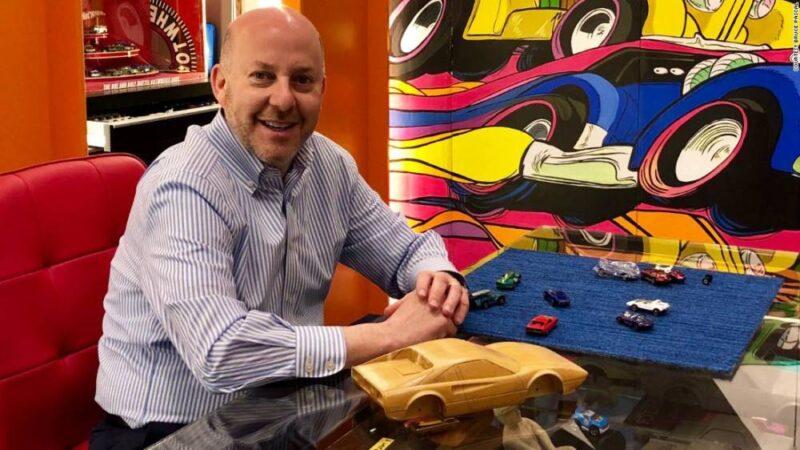
Bruce Pascal, a commercial real estate executive, in his home office in Maryland.To consider the relative value of a car like this it helps to consider the relative values of other collectible items like real cars, said Mary Brisson, a catalog production manager at the classic car auction company Gooding & Co. She is also an avid Hot Wheels collector.”That rear loader Volkswagen Beach Bomb, for collectors, it’s sort of like the Ferrari 250 GTO for real car collectors,” she said.Ferrari 250 GTOs from the 1960s have sold for as much as $70 million and they are generally recognized as among the word’s most valuable automobiles.
Valuable gems on tiny, tiny wheels
Pascal’s collection, which numbers in the thousands, includes a number of Hot Wheels cars that were made with extra-shiny paint. They were specially made to look extra nice in TV commercials in 1968, he said.”They’re absolutely stunning, exceedingly rare,” said Pascal. “And they’re worth, with the exception of one casting, most of them were worth at least $15,000 to $20,000 and going up.”He has gotten a lot of his best items by tracking down former Hot Wheels employees and asking them if they have anything they’d like to sell, he said.”Many times the phone calls would be, ‘I don’t think I have anything you’d be interested in,’ And I go, ‘What?'” he said. “‘I just have some blueprints.’ And I’m like, ‘Okay, I’ll buy it!”
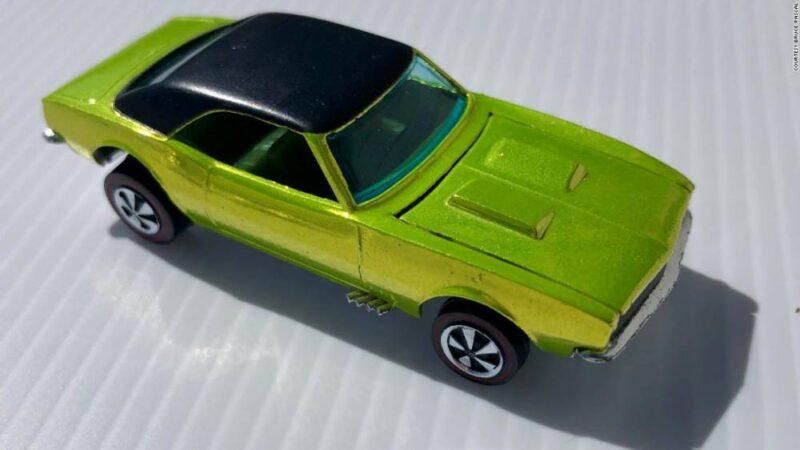
One of Pascal’s “over chromed” cars, worth $15,000 to $20,000Pascal houses his Hot Wheels collection in a temperature-controlled 4,000 square-foot warehouse in Maryland. Besides little cars, his collection also includes artwork by Hot Wheels designers.There are also lots of early design models that, back in the 1960s and early ’70s, were often hand-carved out of wood or resin, a process that could take days, said Pascal. Those early models are several times the size of the Hot Wheels that come from the assembly line.The Hot Wheels design process is very different today, said Ted Wu, global head of design for Hot Wheels. With 3D printers and digital drawing and sculpting tools, designers move much more quickly through different design ideas. So these days, there are many more of those early models made and they’re much smaller than Pascal’s. Most of those early models are routinely destroyed but a few are kept at designers’ desks just because they like them.”We have in the past made very high-end collector offerings out of them,” said Wu. “But that’s a very, very rare thing.”As for Pascal, he has no plans to sell off his collection but he knows that, at some point, he’ll have to do something with it.
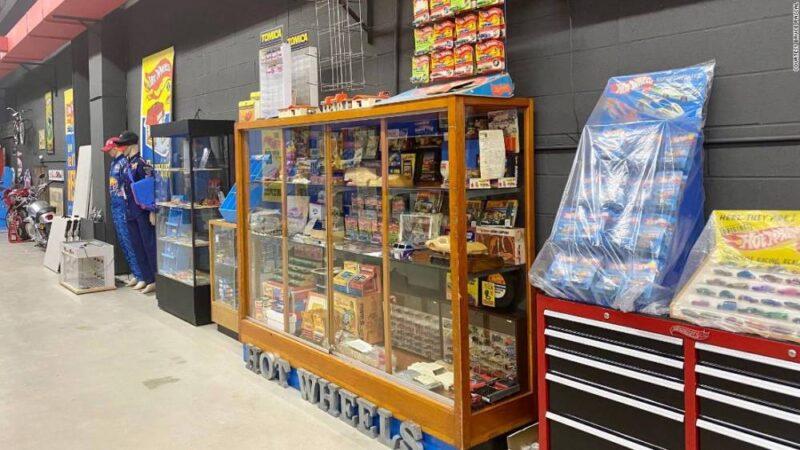
Part of Pascal’s Hot Wheels collection.”My wife says she has one request.” he said. “If I die and I leave her 7,000 toys and paper items, she will just be devastated.”
Over time, he says, he will reduce his collection then donate the best pieces to the Smithsonian or a children’s museum.”My only requirement is I don’t want to ever donate it and then find out it’s stuffed in storage in a basement,” he said.
Source: edition.cnn.com

